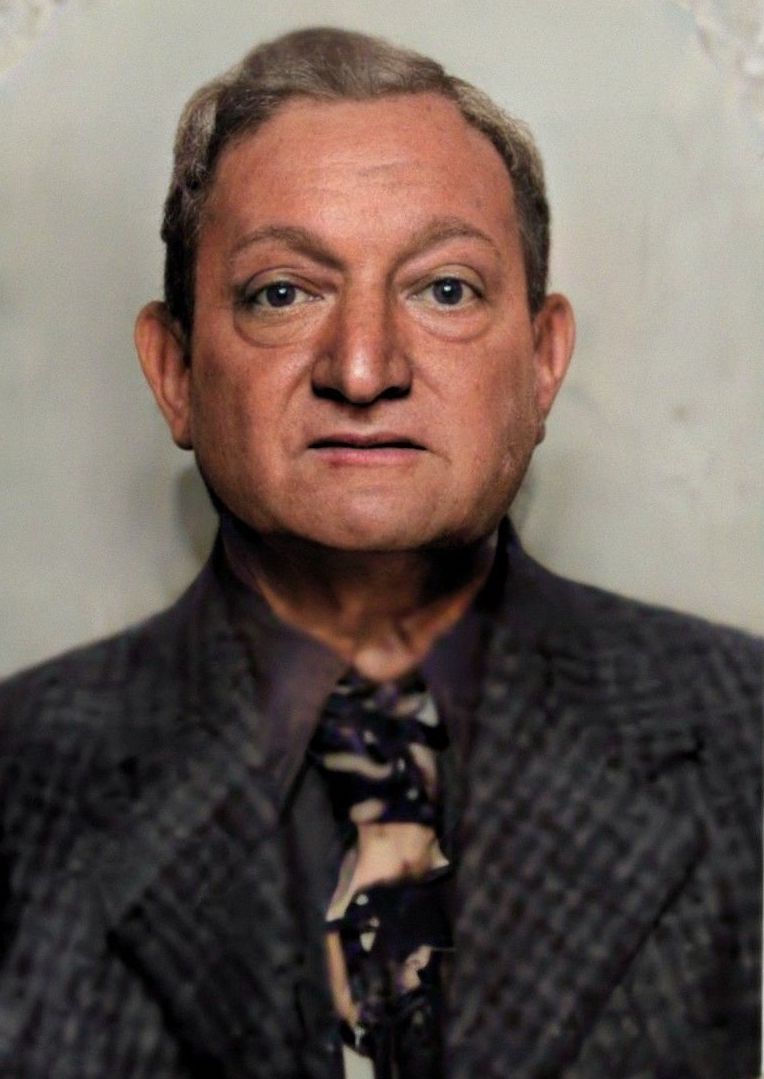Nikolaos Kalokernos, the Banjo Player
- Amalia Samios

- May 11, 2022
- 3 min read
Updated: Dec 15, 2022
Nikolaos Kalokernos was born in Kythera at 7 am, 1 July 1887. He obviously had no idea what his birthdate was as on documents we have found he has used 6 December or 20 December. On one document he even wrote that he did not know the day or month, but he knew it was 1887. He was baptised on 25 July 1887 in Agia Triada church, Alexandrades.

He was a short man, being described as 5’1,’ with a stout build, chemically altered fair hair and grey eyes. He attended school in Hora in the school years ending 1899, 1900 and 1901 and was quite a good student. He studied subjects such as Greek, Latin, French, mathematics, religion, geography, physics, calligraphy and iconography and natural history.
Not long after leaving school he had a long sojourn in Athens before deciding to try his luck in Australia. He boarded Grosser Kurfurst and arrived in Sydney on 10 December 1905. Upon his arrival, Nicholas Calocherinos as he was now known, spent two years in Moree before settling in Walgett where he had a business in partnership with his cousin Petros N. Kalligeros. We have found his Australian naturalisation papers which show he was a fruiterer and living in Fox Street Walgett in November 1915. For an unknown reason this application was never approved or processed, despite the fact he took the Oath of Allegiance on 13 November.

It is known that in 1923 he became permanently incapacitated. Unfortunately, it is unknown how. As he was not a naturalised British Subject he was unable to claim any pension.
The next known fact about Nicholas is when he is living in Orange, New South Wales, on 27 September 1939 where he filled out his alien registration as all immigrants to Australia were supposed to do.

By 1939 he was a labourer and itinerant musician who travelled from country town to country town looking for work performing. He would only spend days, or maybe a few weeks, at each place he visited. In 1939 he went to Orange, Molong, Parkes and Wellington. In February 1940 he was charged for performing with a banjo in the street and collecting money in Dubbo. Also in 1940 he visited Narromine, Nyngan, Cobar, Bourke, Coonabarabran, Mudgee, Rylstone, Barradine, Burren Junction, Boggabri, Manilla and Barraba. In 1941 the last NSW town he visited before moving to South Brisbane was Inverell. In all these places he had his trusty banjo and mandolin.
Nicholas was living at 48 Hope Street in South Brisbane, Queensland in 1943 and was unemployed. It seems the only way for him to make money was to take his banjo and perform on the streets, but this did not always prove to be easy. On 17 July 1946 another man, a banjo-mandolinist, accused Nicholas of “crashing his territory” and lifted Nicholas off his feet, still holding his banjo, and threatened to kill him if he did not leave. Nicholas was not intimidated and charged the man with assault. The banjo-mandolinist was ordered to pay a fine and maintain a state of harmony with Nicholas.
His busking bought him more trouble. On 22 November 1947 he was charged with playing his mandolin outside Doomben Racecourse without a permit. He was fined 5- or 48 hours imprisonment. He had been playing at the same location for four or five years. He claimed he had applied for a permit, but it was rejected, but he played there anyway.

In March 1948 he again found himself in trouble with the law. This time he was playing his banjo in Sydney's Central train station. He would play his banjo and shake his tin for pennies between tunes. A police officer asked him to move. He refused so he was arrested. In court, he told the magistrate he was "the best banjo player in the world" and he was "better even than George Formby". He was sentenced to 14 days in gaol.
He advertised in the Queensland newspapers on 29 June 1953 that he intended to apply for Australian naturalisation, but this document has not been found yet. He was living at 28 Fortescue Street, Brisbane at the time.
Nicholas died on 21 June 1964 at the age of 76 somewhere in Queensland. His grave location has not yet been found.

BIBLIOGRAPHY
Kominos, I D, Life in Australia 1916, China 2009
Kytherian Local Archives, uncatalogued British period folders,1825-1864 containing school records, merchant licences, ship quarantine, refugee catalogues, angaria records, Hora Kythera, accessed, 20 August 2017 and 3 September 2018.
National Archives of Australia National Library of Australia Queensland Registry of Births, Deaths and Marriages The Church of Jesus Christ of Latter-day Saints, www.familysearch.org, 1886–1888 Kythera Council Birth Records





Comments